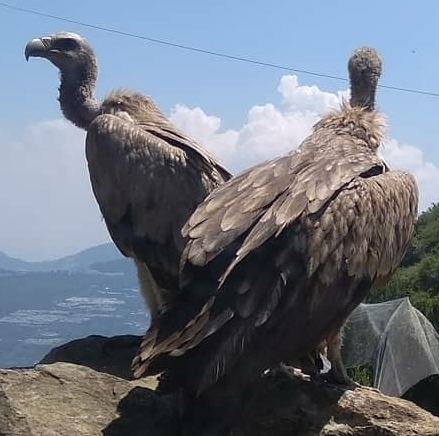Vulture tally begins in Madhya Pradesh today

Bhopal, Feb 17 (IANS) The rocky areas of high altitude in Madhya Pradesh will play host from Monday to an avian census like no other — a roll call of the vultures.
The three-day census protocol for this grand counting of the feathery creatures includes visual surveys to catch the keen eye, carcass monitoring to gauge their appetite, and nest counts to peek into their homes.
These methods are dove-tailed together to estimate the state’s vulture population, the guardians of the skies who once teetered on the brink of extinction.
At present, the Panna National Park boasts a fair number of vultures and shines with over a thousand vultures, a species reborn from near oblivion. Forest department sources said this counting will now be a bi-annual affair and next will begin on April 29.
The counting will commence amidst the rocky highlands, recording only the vultures in restful repose. Madhya Pradesh even have vultures in busy towns like Bhopal, and Indore and also in highly green areas like Kanha Tiger Reserve, and Pench National Park.
An army of nearly 900 — workers, officers, volunteers, and wildlife enthusiasts — shall gather, their hearts and eyes trained in a rigorous programme held from January 27-31. These vigilant experts will be the stewards of this avian tally.
According to the forest department, Madhya Pradesh is home to about 10,000 vultures of various species. Among them, the largest congregation of these magnificent birds resides in Panna National Park, a sanctuary also famed for its tigers.
The vultures, once imperilled by the deadly diclofenac, a drug found in the carcasses of treated livestock, faced a dramatic decline. By the mid-1990s, their numbers plummeted from a staggering 50 million to near extinction due to this fatal non-steroidal painkiller.
Among India’s vulture species, the white-rumped vulture, Indian vulture, and red-headed vulture have borne the brunt of this tragedy, with populations falling by 98 per cent, 95 per cent, and 91 per cent, respectively. The Egyptian vulture and the migratory griffon vulture, too, have seen significant, though less catastrophic, decline.
–IANS
skt/dpb




